Blog Detail
Table of Contents

Communication Systems
- Sophia
- Jul 15, 2025
- 0 Comments
Communication systems are essential for transmitting information, whether it's voice, data, or video. These systems can be broadly classified into different categories based on their purpose, method of transmission, and technology. Below is an overview of the primary types of communication systems and their applications.

1. Analog Communication Systems
Overview: Analog communication systems transmit information using continuous signals. These signals represent varying quantities, such as sound or light, and are transmitted via analog formats (e.g., electrical or electromagnetic signals).
Components:
Transmitter: Converts information into an analog signal.
Medium: Conductors (like copper wires) or wireless (radio waves).
Receiver: Decodes the signal back to usable form.
Applications:
AM/FM Radio: Broadcasting audio over long distances.
Television: Analog TV transmission.
Landline Telephones: Using analog signals to carry voice communications.
Advantages:
Simplicity and low cost.
Effective for transmitting voice and audio signals.
Disadvantages:
Susceptible to noise and interference.
Limited bandwidth and lower quality compared to digital systems.
2. Digital Communication Systems
Overview: Digital communication systems convert information into binary code (0s and 1s) and transmit it over a medium. These systems are more reliable, secure, and efficient than analog communication.
Components:
Encoder: Converts the original signal into a digital format (binary).
Channel: The transmission medium (fiber optics, wireless, etc.).
Decoder: Converts the binary signal back to its original form.
Applications:
Internet: Digital data transmission over various platforms (Wi-Fi, Ethernet, etc.).
Mobile Networks: GSM, 3G, 4G, and 5G technologies.
Satellite Communication: Digital data transmission via satellite links.
Advantages:
Higher quality and better resistance to noise and interference.
Easier to encrypt and secure the data.
More efficient use of bandwidth.
Disadvantages:
Higher complexity and cost.
Requires more advanced technology for encoding/decoding and transmission.
3. Wireless Communication Systems
Overview: Wireless communication systems transmit information using electromagnetic waves, without the need for physical cables. These systems are increasingly used due to their flexibility and ability to cover large areas.
Types:
Radio Communication: Transmitting voice and data using radio waves (e.g., AM/FM radio, walkie-talkies).
Cellular Communication: Mobile phone networks use radio waves to connect users over long distances.
Wi-Fi and Bluetooth: Short-range communication systems for data transmission in homes or offices.
Applications:
Mobile Phones: Cellular communication systems (3G, 4G, 5G).
Wireless Internet: Wi-Fi networks for internet access.
Satellite Communication: Data transmission between satellites and ground stations.
Advantages:
No need for physical wiring, providing greater mobility and flexibility.
Supports broad geographical coverage.
Disadvantages:
Susceptible to interference from weather or other electronic devices.
Limited range compared to wired systems.
4. Fiber Optic Communication Systems
Overview: Fiber optic communication systems transmit data through light pulses in fiber optic cables. They offer high-speed data transmission and are immune to electrical interference.
Components:
Light Transmitter: Converts electrical signals into light pulses.
Optical Fiber: Carries light signals over long distances.
Receiver: Converts the light signal back into electrical signals.
Applications:
Internet Backbone: High-speed data transmission between large-scale networks.
Telecommunications: For long-distance voice and data communication.
Cable Television: High-definition TV services via fiber optics.
Advantages:
Extremely high bandwidth, enabling faster data transmission.
Less signal degradation over long distances.
Immune to electromagnetic interference.
Disadvantages:
High initial installation cost.
Requires special equipment for installation and maintenance.
5. Satellite Communication Systems
Overview: Satellite communication systems use artificial satellites to transmit signals across long distances. These systems are used for global communication, especially in areas without terrestrial infrastructure.
Components:
Ground Stations: The starting and receiving points on Earth.
Satellites: Orbiting objects that relay the signals between the ground stations.
Transponder: A satellite's internal device that amplifies and retransmits signals.
Applications:
Global Television Broadcasts: Transmitting TV signals across continents.
Internet: Providing internet access to remote locations.
Weather Monitoring: Sending data from satellites back to Earth for weather forecasting.
Advantages:
Global reach, covering even the most remote areas.
High-capacity and reliable transmission.
Disadvantages:
High latency due to the distance the signals must travel.
Expensive setup and maintenance.
6. Two-Way Communication Systems (e.g., Walkie-Talkies, Intercoms)
Overview: Two-way communication systems allow for bidirectional communication between users. These systems are used in scenarios where constant communication and interaction are necessary.
Applications:
Security: Walkie-talkies and intercom systems for security personnel.
Emergency Services: Communication between emergency responders.
Workplaces: For communication in large offices or industrial environments.
Advantages:
Allows real-time, interactive communication.
Ideal for scenarios requiring quick responses and coordination.
Disadvantages:
Limited range depending on the system's power and frequency.
Susceptible to interference in some cases.
Conclusion
The choice of communication system depends on various factors, including the distance, environment, purpose, and cost. Analog and digital systems are fundamental, with digital communication being increasingly preferred for its reliability, efficiency, and security. Wireless and fiber optic systems have revolutionized the way we communicate, providing convenience and speed. Additionally, specialized systems such as satellite and two-way communication systems play an essential role in global connectivity and real-time interaction.
Each system has its strengths and weaknesses, but together, they form the backbone of modern communication across the world.


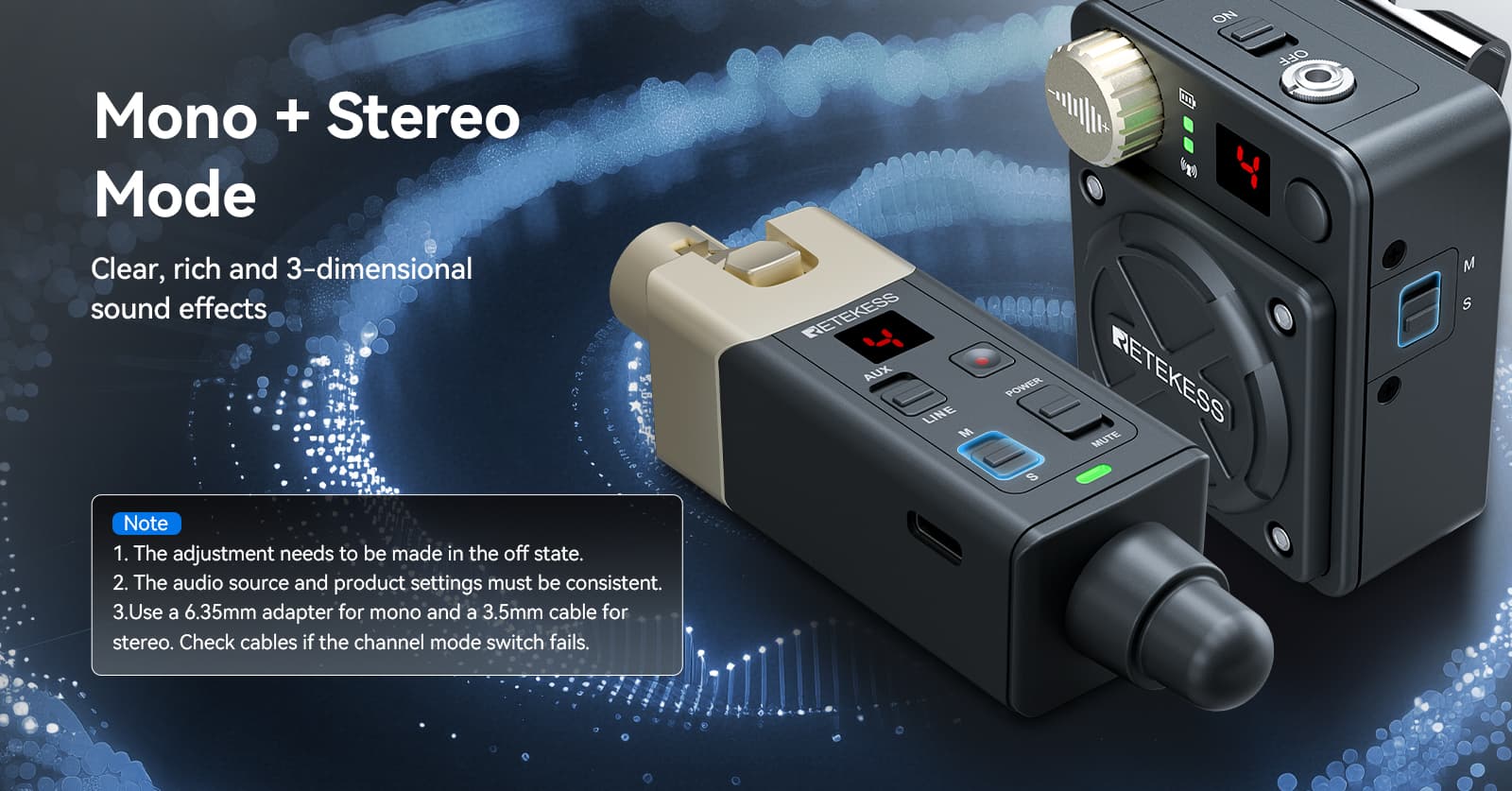


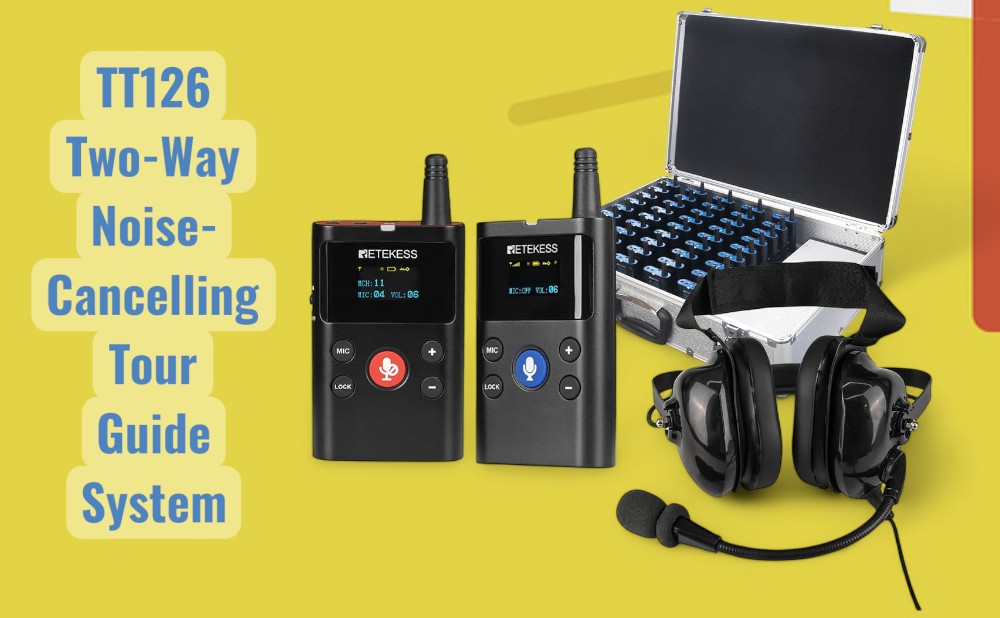
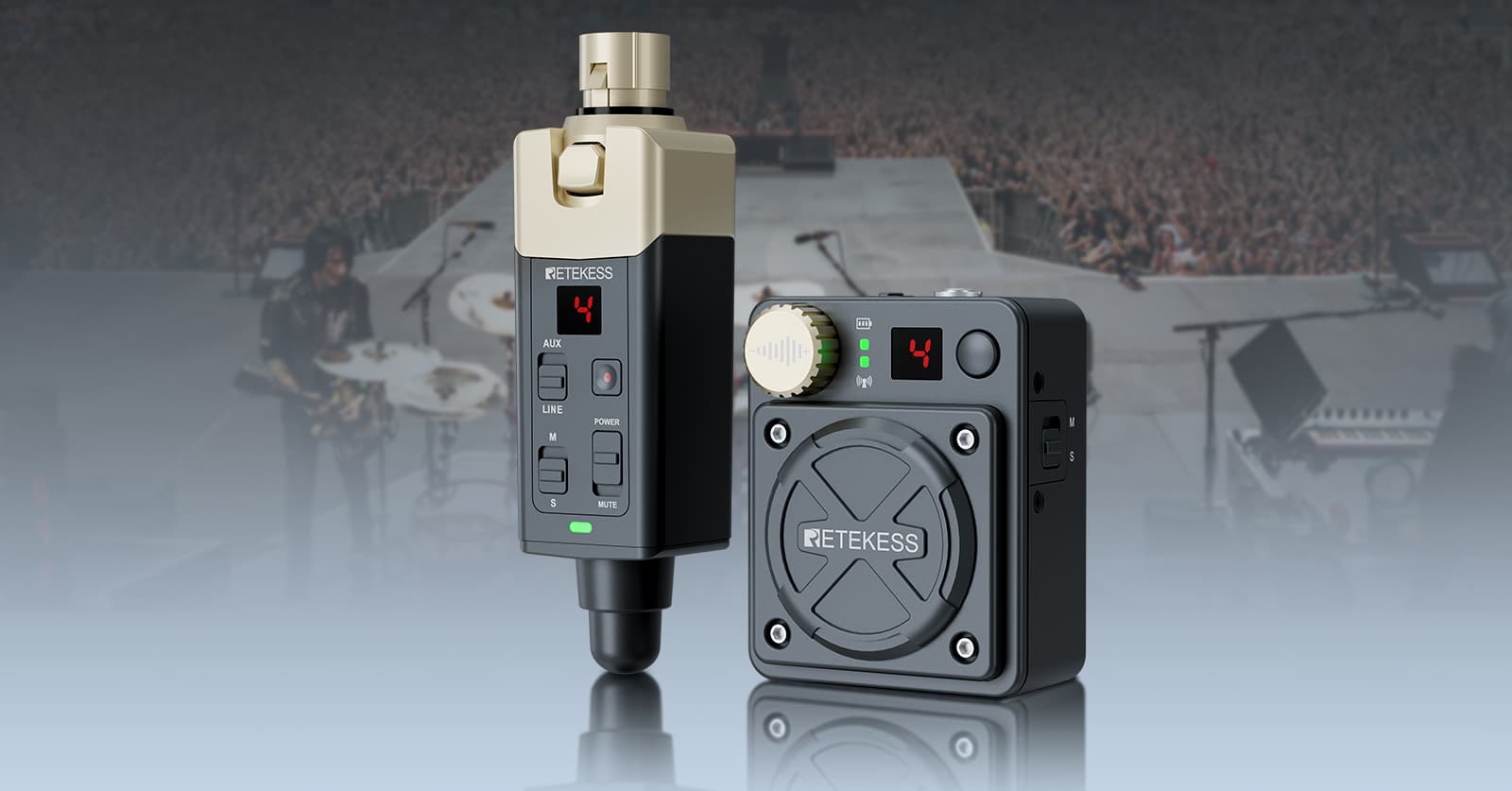


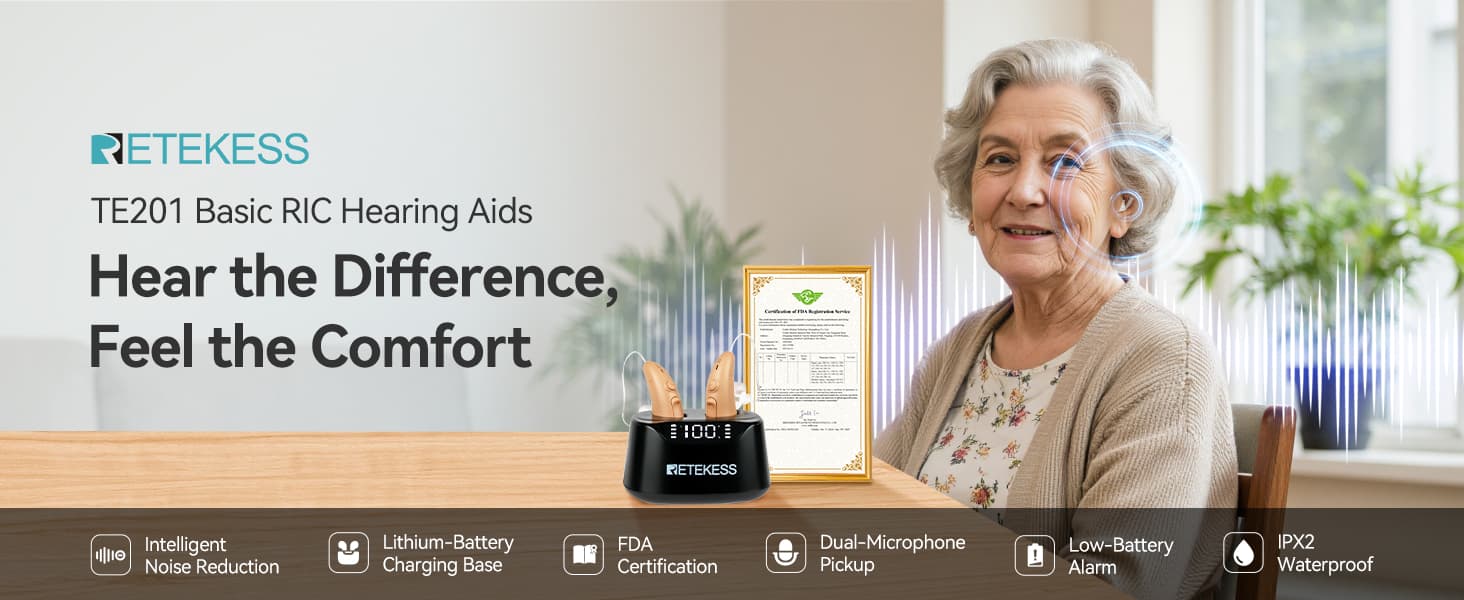
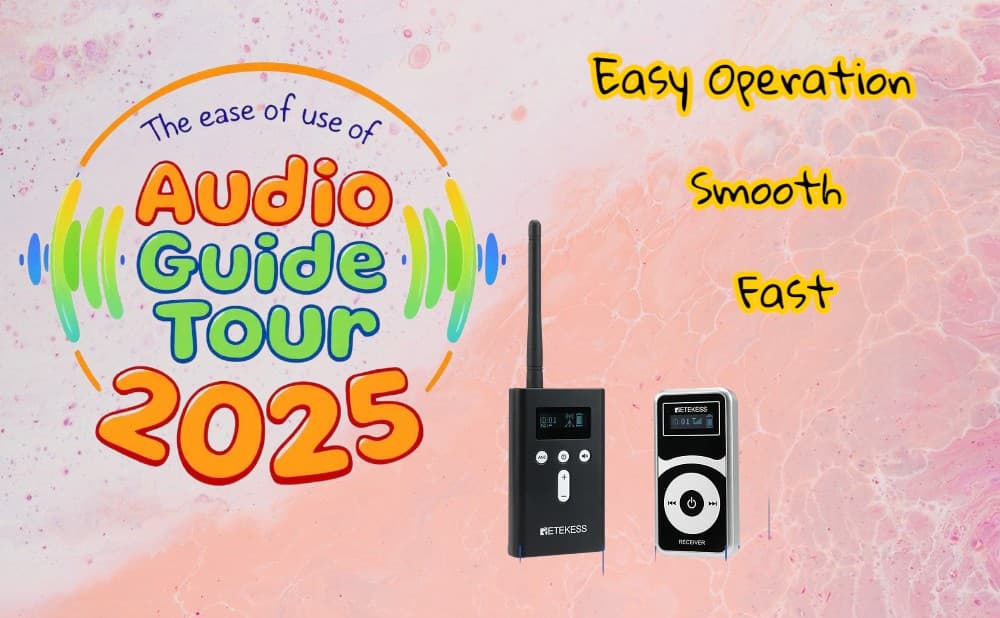
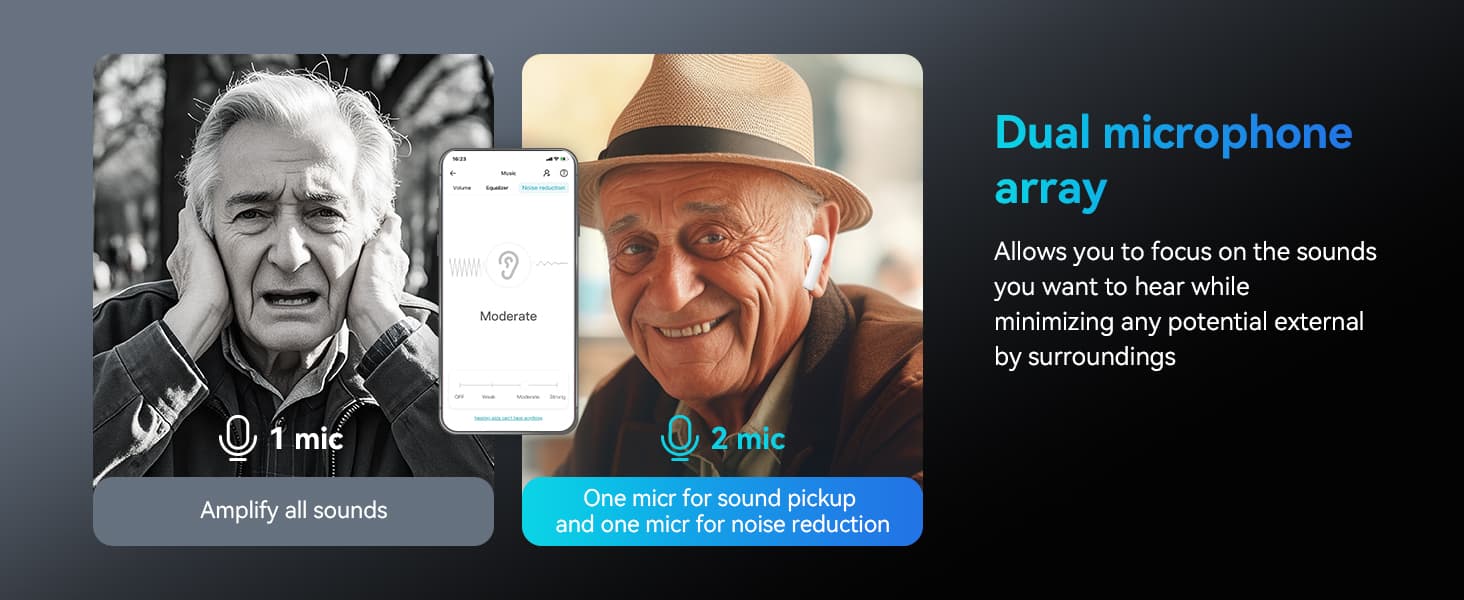



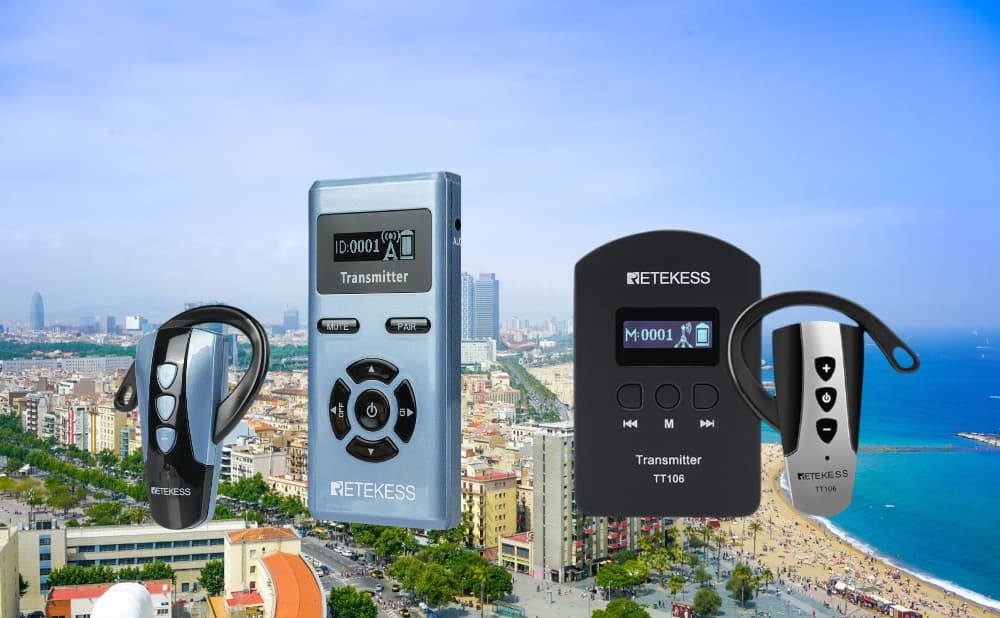

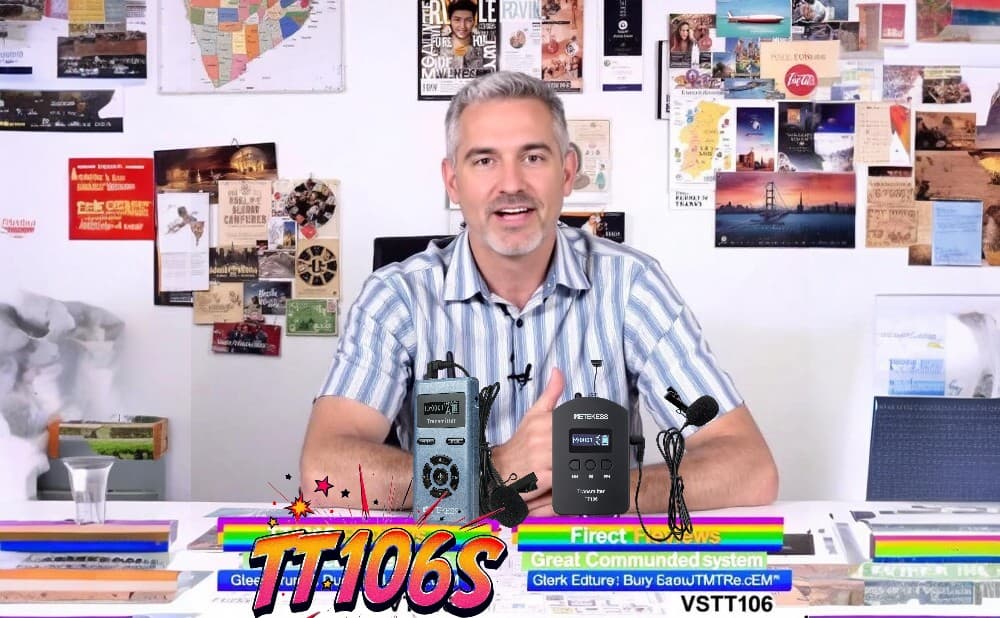




Comments (0)